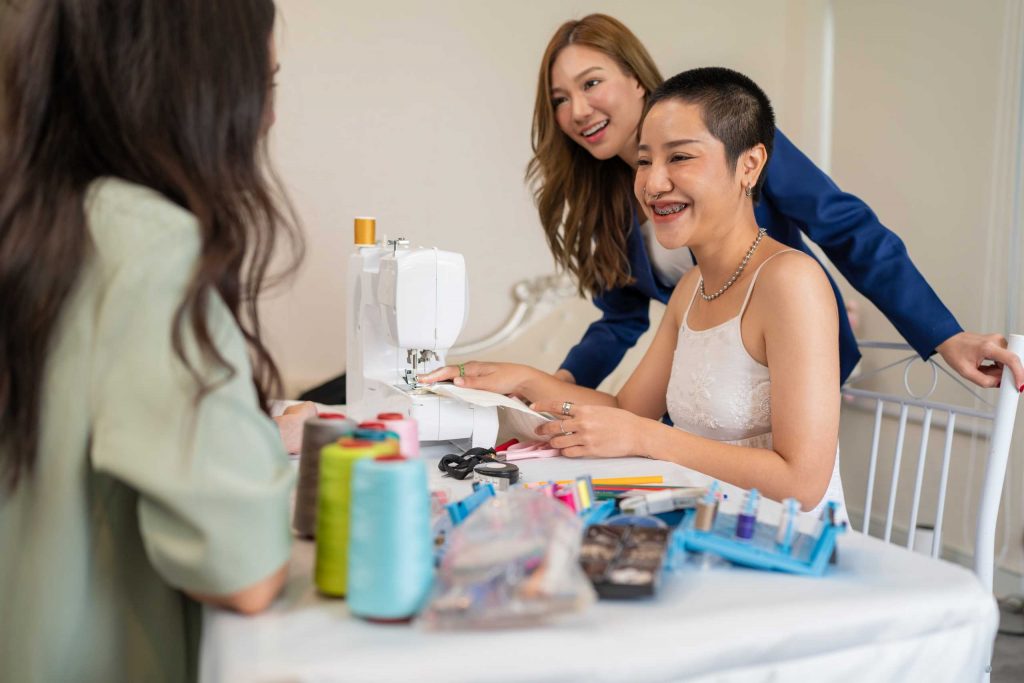Every sewist dreams of flawless stitches and garments that fit perfectly. While sewing takes practice, mastering key techniques can elevate your work from “good” to “professional.” Here’s a guide to improving your sewing skills step by step, ensuring your projects always look polished and last long.
Mastering the Basics: Stitch Types and Their Uses
Understanding different stitch types is foundational. Each stitch serves a purpose and knowing when to use them saves time and improves durability.
- Straight Stitch: The most common stitch, ideal for seams and topstitching. Keep it even and consistent for a neat finish.
- Zigzag Stitch: Useful for finishing raw edges to prevent fraying, and for stretchy fabrics where straight stitches may break.
- Backstitch: Strengthens the start and end of seams, locking stitches in place.
Practicing these stitches on scrap fabric can build your muscle memory and precision.
Seam Allowances and Pressing
Consistent seam allowances are crucial for proper garment assembly. Use guides on your sewing machine or marking tools to keep seams even. A standard seam allowance is usually 1.5 cm (5/8 inch), but check your pattern instructions.
Pressing seams open or to one side after sewing gives your garment a crisp, professional look. Use steam and a pressing cloth to avoid damaging delicate fabrics.
Handling Difficult Fabrics
Some fabrics are trickier to sew than others. Here’s how to manage common challenges:
- Slippery Fabrics (silk, satin): Use sharp pins, a fine needle, and sew slowly. Stabilizing fabric with tissue paper can help.
- Stretch Fabrics (knits): Use a stretch or ballpoint needle and a stretch stitch or zigzag. Avoid pulling fabric as you sew.
- Thick Fabrics (denim, wool): Heavy-duty needles and walking feet can ease feeding layers through the machine.
Finishing Touches: Hems, Buttons, and Zippers
Finishing techniques add polish and functionality:
- Hems: Try blind hems for invisible finishes or simple double-fold hems for durability.
- Buttons and Buttonholes: Practice spacing and stitching for neat, secure closures.
- Zippers: Choose the right zipper type and practice insertion techniques. Using zipper feet on your machine helps greatly.
Practice Makes Perfect
Regularly practicing these skills on small projects or fabric scraps helps build confidence and consistency. Don’t rush — quality sewing is about patience and attention to detail.
Final Thoughts
Perfecting your sewing takes time, but every project completed adds to your experience. Embrace challenges as learning opportunities, and soon you’ll be sewing with confidence and skill that shines in every garment you create.

